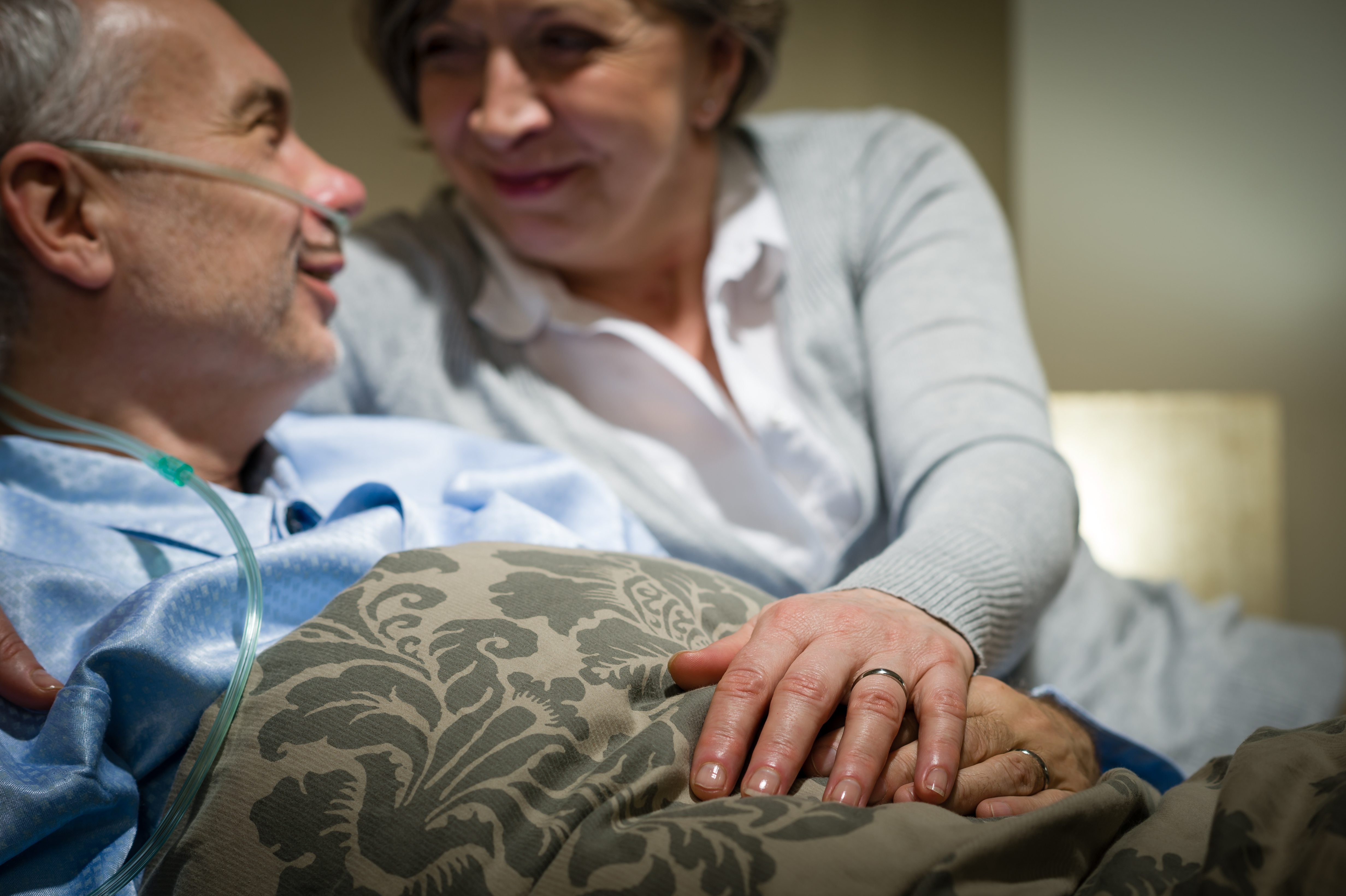The Special Patient Populations Module is presented as part of the traditional one (1) term emergency medical responder (EMR) course. This is the sixth of several modules that are included in the EMR certificate program. In this presentation the special patient populations module is recommended to be completed over a one (1) week period with additional time reserved for practical skills verification testing in a lab setting.
The following chapters will be covered within the special patient populations Module for Emergency Medical Responder. Students should note that this is a blended online program. All facets of the lecture, review activities, knowledge checks, and in some cases, practical skills which are filmed and uploaded into the system, are completed there and graded. All online requirements must be completed before students may attend the lab sessions.

Learn the basics of how to handle both traumatic and medical emergencies that involve pediatric and geriatric patients as well as how to assist in emergency childbirth.
The First Responder may function in the context of a broader role, i.e., law enforcement, fire rescue, or industrial response. With a limited amount of equipment, the First Responder answers emergency calls to provide efficient and immediate care to ill and injured patients. After receiving notification of an emergency, the First Responder safely responds to the address or location given.
Before initiating patient care the First Responder will “size-up” the scene to determine
that the scene is safe, to identify the mechanism of injury or nature of illness, and the
total number of patients, and to request additional help if necessary. In the absence of
law enforcement, creates a safe traffic environment. Using a limited amount of
equipment, renders emergency medical care to adults, children, and infants based on
assessment findings.
The special patient populations module familiarizes the First Responder candidate with the introductory aspects of treating and caring for pediatric patients and geriatric patients. They will discuss the most common diseases and causes of illness as well as how to perform emergency childbirth in the field.